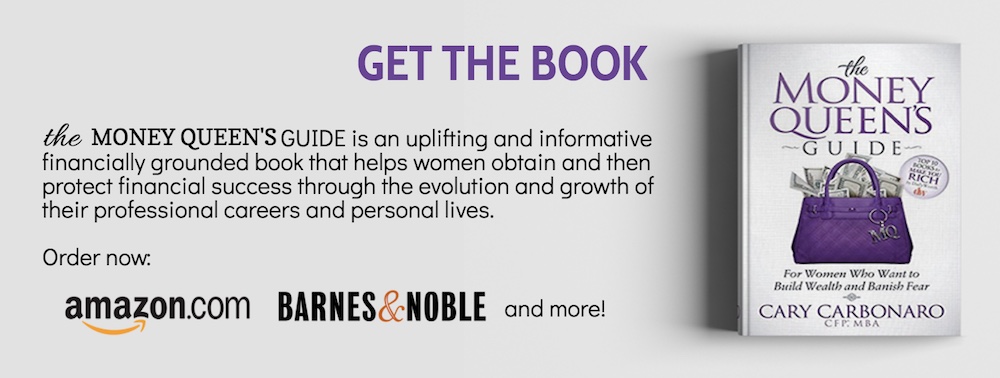This article was originally published in CentSai.

A Childhood Money Lesson
Sam X Renick: What is the most important money habit you learned as a child? Briefly share the story of how you learned the habit and what impact it has had on you throughout your life.
Cary Carbonaro: I saw that my dad made the money and my mom stayed home. I wanted to be the one who made the money. I also saw the dynamic of fighting over money. The parent who had the money seemed to have more control over decisions.
I also learned the value of budgeting. I got an allowance and learned when to save, spend, and gift.
Being able to budget was an amazing skill. It’s lifelong, and everyone needs to know what’s coming in and going out.
Even kids need to learn the value of a dollar and sacrificing to save for what you want. For example, if I wanted a Barbie and my allowance was $5 a week, I would save $1 a week for 12 weeks to get that $12 Barbie. It is kind of like the marshmallow study done at Stanford in the ’60s. It is all about delayed gratification, which is a big lesson to learn early.
I’m an excellent budgeter. I have always spent below my means. I always say that if you spend less than you make, that is where financial freedom comes from. Most people think that a budget is . . . like a diet. But it’s not about not spending — it’s about spending less than you have. It is the most important lesson to learn and to teach children.
Credit cards were an invention for convenience, but unfortunately they get many people to overspend. It comes back to learning to delay gratification. If you can’t pay your credit card balances off in full when you get the bill, you can’t afford it. A person should either pay cash, not buy the item, or save up so they can pay their credit card balance off in full.
The Most Important Money Lesson to Teach Kids
Renick: If you could only teach a child one money habit, what would it be?
Carbonaro: That money doesn’t grow on trees. Kids need to know the value of a dollar. When my nephews ask me for an Xbox, I make them do math. I have found that it’s one strategy that helps them develop a better understanding of the value of money. Then I might ask them questions like, “How many hours would you have to work at minimum wage to buy it?” If minimum wage is $7.25 an hour and the Xbox costs $269, my nephews figure out they would have to work 37 hours to buy the Xbox.
A Final Thought: What If the Research Is Wrong?
Renick: Cambridge University research indicates, adult money habits are set by age seven? What if the research is wrong and adult money habits are formed earlier than age seven — perhaps around the age the “give mes” set in? What does this mean for families, schools, and the financial education industry?
Carbonaro: It’s like the marshmallow study at Stanford in the ’60s and ’70s. It’s all about teaching about delayed gratification. Also showing why waiting to spend will be worth more in the future (i.e. the time value of money). At that young age, it helps if you gamify these topics. Maybe there’s an app for that. I also believe children learn by watching positive and negative examples from adults in their lives. I was recently with my niece, and she told me that a person is “soooo” rich.
“How do you know?” I asked.
She said that they have a big house and expensive cars and clothes. I said that you don’t know that person has wealth. What if they borrow all their money and have high credit card and mortgage debt? I said you have to look under the hood and see their assets and liabilities. I explained that that’s what you own and what you owe. Some people who you might think are rich might actually have a negative net worth. I think I may have blown her mind!
This article was originally published in CentSai.





